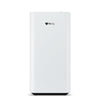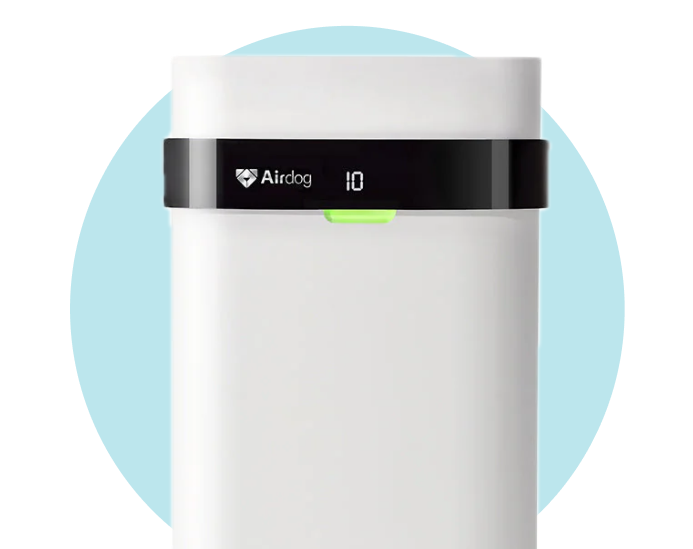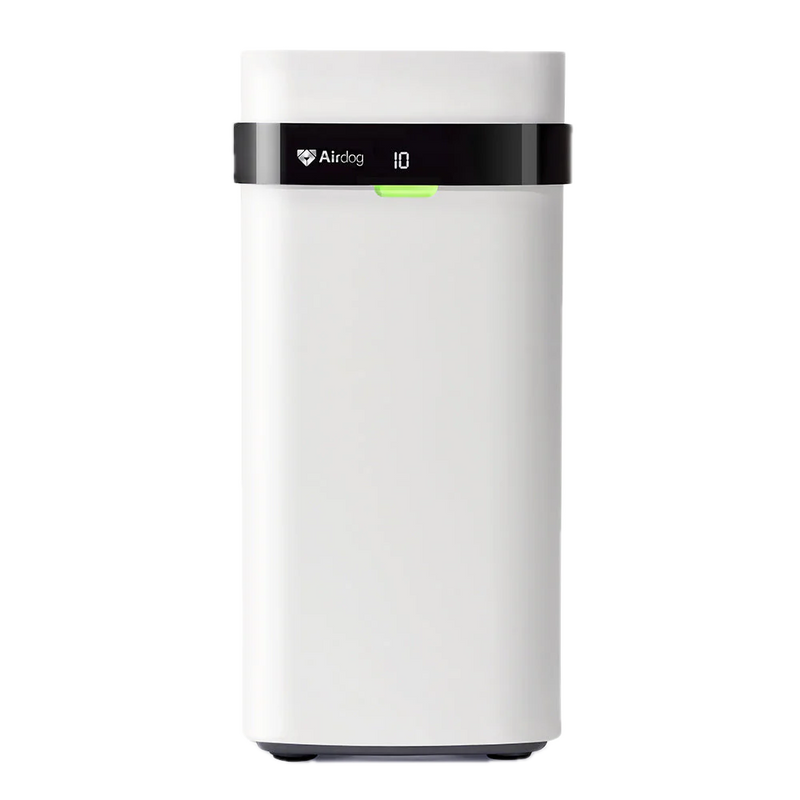An air purifier is a device designed to improve indoor air quality. Essentially, air purifiers are air cleaners. An air purifier does this by cleaning and purifying the air, passing it through an air filter. This leads to removing pollutants such as dust, smoke, and allergens. Air purifiers are becoming increasingly popular, especially in areas with high pollution levels. So what does an air purifier do? They are devices designed to clean and purify the air, removing pollutants such as dust, smoke, and allergens. Air purifiers come in various sizes & types & operate in different ways to clean the air. This article will explore what air purifiers do, how they work, and their benefits.
Air purifiers work to clean the air by removing pollutants that may cause harm to our health. When you use an air purifier, the air quality in your home or car will greatly improve. These pollutants include:
1. Dust and pet hair
2. Smoke and cigarette fumes
3. Pollen and other allergens
4. Mold spores
5. Bacteria and viruses
Air purifiers use various methods to remove these pollutants, including filtration, UV-C light, and ionization. Let's look at how air purifiers remove indoor air pollution.
- Filtration:
Filtration is one of the most common methods used by air purifiers. This method involves passing the air through a filter that traps pollutants such as dust, pet hair, pollen, and mold spores. The filter used in air purifiers is usually made of fiberglass or activated carbon. The activated carbon filter is particularly effective in removing odors like cigarette smoke and cooking smells.
- UV-C Light Method of Purification:
UV-C light is another method used by air purifiers to clean the air and improve indoor air quality. This method involves using ultraviolet light to kill bacteria and viruses. The UV-C (or shortwave UV) light is installed in the air purifier, damaging the DNA of the bacteria and viruses, preventing them from multiplying and causing harm.
- Ionization Method of Purification:
Ionization is another method used by many air purifiers. This method releases negatively charged ions into the air, which attract and trap pollutants such as dust, pet dander, and allergens. The negatively charged ions attach themselves to the pollutants, causing them to become too heavy to float in the air. The pollutants then fall to the ground or stick to surfaces, making them easier to clean.
Benefits of air purifiers:
Air purifiers offer several benefits, including:
1. Improved air quality: Air purifiers remove pollutants and other airborne particles from indoor air, making it cleaner & healthier to breathe.
2. Allergy relief: Air purifiers can relieve people suffering from allergies by removing allergens such as pollen and dust from the air.
3. Asthma relief: Air purifiers can also relieve people who are suffering from asthma by removing irritants such as smoke and fumes from the air. These irritants are often brought in by the air conditioning system, and an air purifier removes them without compromising the home’s temperature.
4. Odor removal: Air purifiers can remove unpleasant odors such as cigarette smoke & cooking smells from the air.
5. Improved sleep: Air purifiers can improve sleep quality by removing pollutants that may cause disruptions.
6. Protection from germs and viruses: Air purifiers can provide an added layer of protection against germs and viruses, especially during cold and flu season.
7. Improved lung health: Air purifiers can help reduce the risk of respiratory illnesses by removing pollutants and irritants from the air, which can improve lung health over time.
8. Protection from secondhand smoke: Air purifiers can effectively remove secondhand smoke from the air, making it an excellent investment for households with smokers or neighbors who smoke.
9. Reduced carbon footprint: Air purifiers can help reduce your carbon footprint by reducing the energy needed to heat or cool your home. Since air purifiers help remove pollutants from the air, you may find that you don't need to change your HVAC system's filters for heating or cooling systems as often.
10. Reduced cleaning time: Air purifiers can also help reduce the amount of time you spend cleaning your home by removing dust and other particles from the air. This can help keep surfaces and floors cleaner for extended periods, which means less time spent cleaning overall.
Types of air purifiers:
-
HEPA air purifiers: HEPA air purifiers use high-efficiency particulate air filters to remove particles as small as 0.3 microns. These HEPA filters are effective but can be very expensive to replace.
2. Activated carbon air purifiers: Activated carbon air purifiers use activated carbon filters to remove odors and VOCs (volatile organic compounds) from the air.
3. UV-C air purifiers: UV-C air purifiers use ultraviolet light to kill bacteria and viruses.
4. Ionizers: Ionizers release negatively charged ions into the air to attract and trap pollutants.
From a HEPA filter to ionizers, each of these types of air purifiers is a device designed to clean and purify the air, removing pollutants such as dust, smoke, and allergens. Air purifiers offer several benefits, including improved air quality, allergy and asthma relief, odor removal & improved sleep. They come in various sizes and types and operate in different ways to clean the air. When choosing an air purifier, it is crucial to consider the type of filter used and the size of the room in which it will be used. In terms of utility, an air purifier specializes in cleaning the air, particularly for dust, pet hair, pollen, and mold spores.





